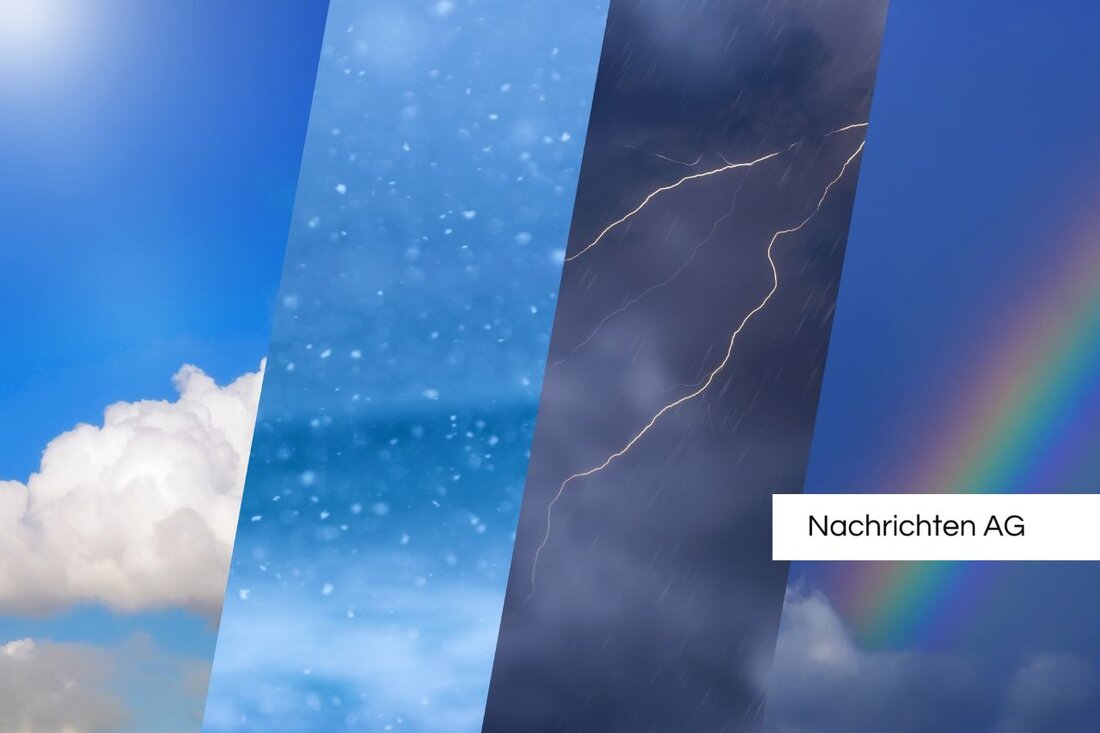Amphibien in Gefahr: Hitzewellen bedrohen unsere Salamander!
Ein Frankfurter Forschungsteam warnt: Hitzewellen gefährden Amphibienarten in Europa und weltweit, bedrohen Biodiversität.

Amphibien in Gefahr: Hitzewellen bedrohen unsere Salamander!
Amphibien weltweit stehen unter erheblichem Druck, da etwa 41 Prozent aller bekannten Arten vom Aussterben bedroht sind. Extremwetterereignisse, wie Hitzewellen und Dürren, verschärfen ihre prekäre Lage erheblich. Diese Probleme betreffen besonders Tiere in Europa, dem Amazonasgebiet und Madagaskar, wie das Frankfurter Forschungsteam im Fachjournal „Conservation Biology“ berichtet vienna.at.
In Mitteleuropa sind insbesondere die Echten Salamander gefährdet, wobei die Hälfte der heimischen Arten zunehmend Dürreperioden ausgesetzt ist. Zu diesen Salamandern zählen der Feuersalamander, der Alpensalamander und der Teichmolch. Die Forschenden analysierten globale Wetterdaten über einen Zeitraum von 40 Jahren im Zusammenhang mit der geographischen Verbreitung von über 7.000 Amphibienarten und fanden heraus, dass sich der Bedrohungsstatus seit 2004 in Regionen mit häufigeren Hitzewellen und Dürren merklich verschlechtert hat.
Vielfältige Bedrohungen für Amphibienarten
Die Ursachen für den Rückgang der Amphibienpopulationen sind vielfältig. Hauptgründe sind klimatische Veränderungen, der Verlust von Lebensräumen, Krankheiten sowie Umweltverschmutzung. Sicherlich ist der Klimawandel als Bedrohung insbesondere für 39 Prozent der Amphibienarten zu nennen, die seit 2004 stärker gefährdet sind. In den letzten 20 Jahren haben 75 Prozent der Amphibienarten sowie über 66 Prozent der Reptilienarten in Deutschland Bestandsabnahmen erfahren wissenschaft.de.
Die Weltnaturschutzunion (IUCN) hat in einer Studie, die 8011 Amphibienarten in den Fokus nahm, festgestellt, dass 2286 weitere Arten seit der ersten globalen Amphibienbewertung 2004 erfasst wurden. Der Verlust natürlicher Lebensräume durch menschliche Aktivitäten ist die größte Bedrohung für die Amphibienvielfalt. Schutzmaßnahmen sind entscheidend, um diese Arten zu erhalten und ihre Lebensräume zu schützen.
Aktuelle Situation in Deutschland
Neueste Rote Listen der Amphibien und Reptilien in Deutschland, die vom Bundesamt für Naturschutz und dem Roten Liste Zentrum veröffentlicht wurden, zeigen, dass jede zweite der 20 untersuchten Amphibienarten in Deutschland gefährdet ist. Die Situation hat sich für die meisten Arten in den letzten zwei Jahrzehnten verschlechtert. Mit einer dramatischen Bestandsabnahme von amphibischen Arten hat Deutschland eine erhöhte Verantwortung für neun Amphibien- und sieben Reptilienarten rote-liste-zentrum.de.
Zusammenfassend lässt sich sagen, dass Amphibien in einem kritischen Zustand sind, der durch den Klimawandel, Lebensraumverluste und andere menschliche Aktivitäten weiterhin verschärft wird. Es bedarf dringenden Handelns und verstärkter Schutzmaßnahmen, um die bedrohten Arten und ihre Lebensräume zu bewahren. Die Rote Liste dient hierbei als wichtiges Instrument zur Dokumentation und zum Schutz der Artenvielfalt.

 Suche
Suche
 Mein Konto
Mein Konto
